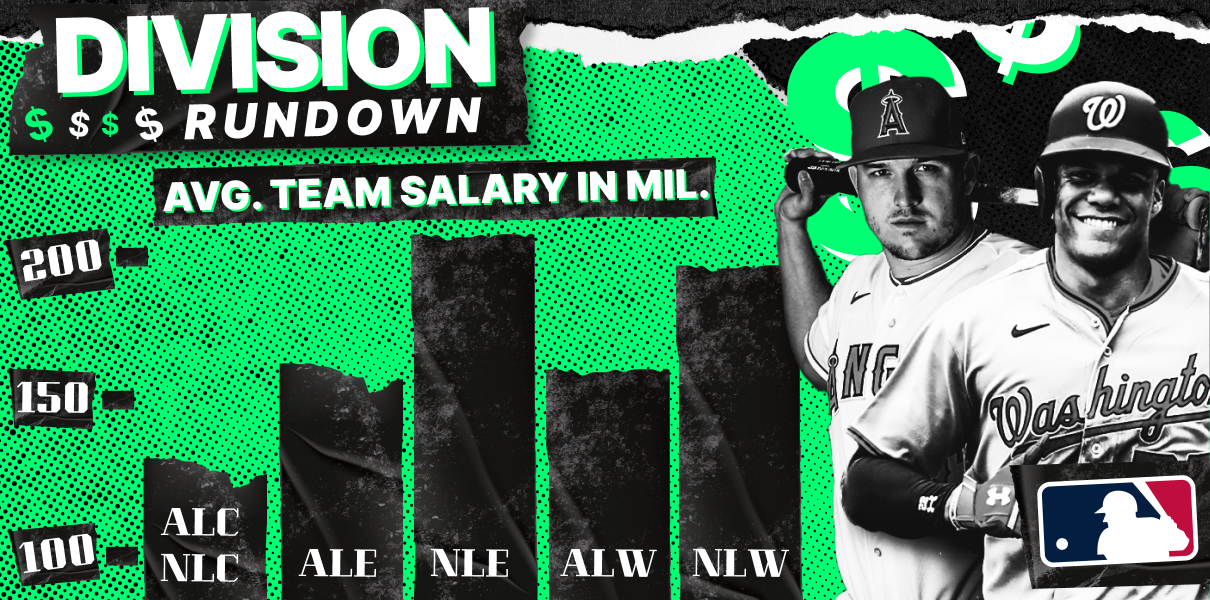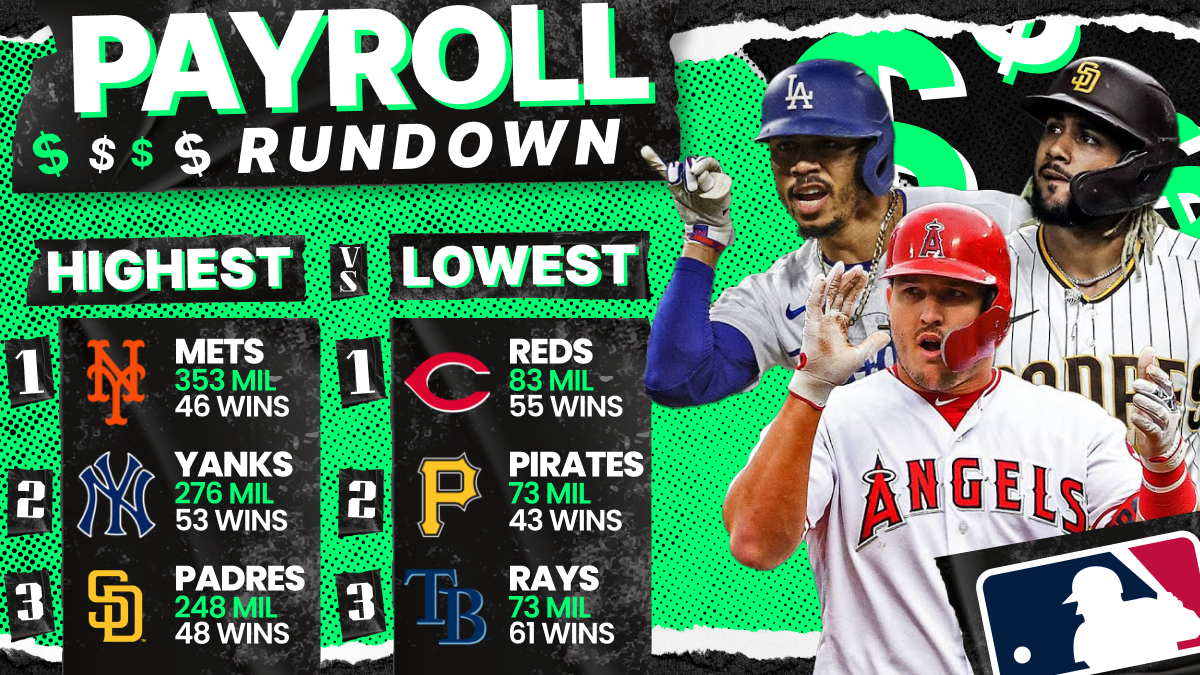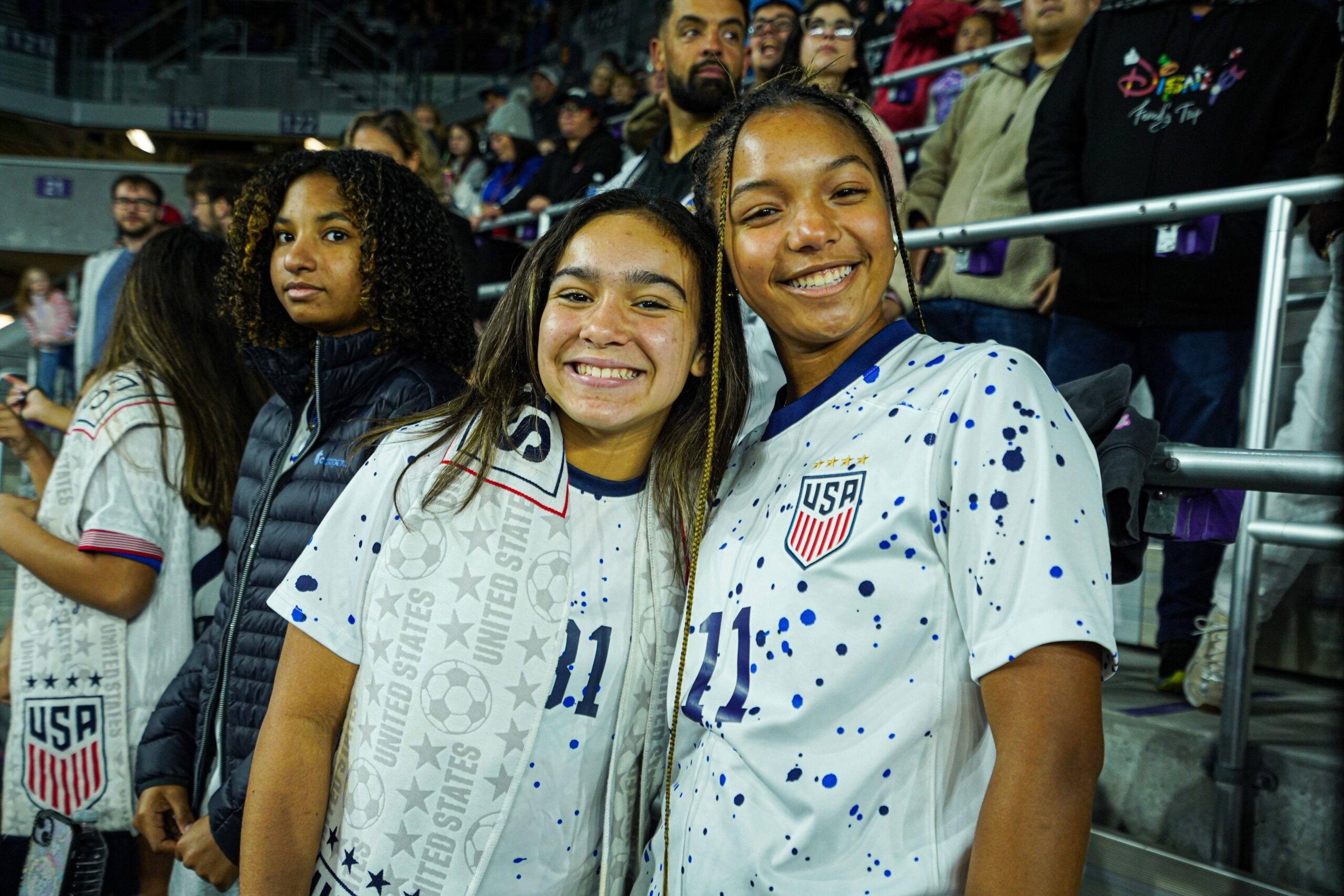All data current as of 7/24/2023
Whether you watch baseball for the new rules, broken records, or to sweat out the occasional parlay, this season has yet to disappoint. Elly De La Cruz shatters every speed record with his arm, legs, or bat. Shohei Ohtani is making a serious case for the best baseball player to ever live, and more and more prospects are performing at the Major League level than ever before. Attendance is up, the game is growing, and fans are having fun.
Now that we are 100 games in, we have an idea of which teams can make a run into late October. There are some surprising names on that list. The Reds, Orioles, Rangers, and Rays are ones that come to mind. With the trade deadline looming, which teams will make money moves on their way to the playoffs? Have the big spenders seen success this season? Can a team's payroll be used to predict how well their team will do in the coming season?
Payroll as a Performance Predictor
Teams in the state of New York are notorious for paying big money on the diamond. This sentiment rang true this offseason when the Mets signed Justin Verlander to the tune of two years and $86.6 million. This broke down to just over $43 million for the 2023 MLB season. You also have the New York Yankees, who signed Aaron Judge to a nine-year, $360 million contract, coming out to $40 million per year. It looks like breaking the season-long home run record is a great way to get paid.
These teams have one thing in common, they aren’t winning as much as they anticipated. FanDuel had the Yankees projected to win 91.5 games this year. They currently sit at 53. At this point of the season, the Yankees are anticipated to win 85 games — massive letdown from what many pundits projected.
Judge has been on the IL for nearly two months, and by the nature of MLB contracts, he is still getting paid his massive contract value. Verlander dealt with an injury coming into the season, but he has stayed relatively healthy. His numbers are good — a 3.47 ERA and 1.16 WHIP — but the Mets find themselves with the highest payroll in the MLB and 18.5 games out of first place in the NL East. What is the deal with this?
There is a simple answer. The amount a team pays for talent is not a strong indicator of the team’s future performance. You would think that if a team pays more for players, then that team has more talent. This is true to an extent, but you cannot buy your way to a World Series. Established stars have every right to negotiate for massive contracts, but if teams don’t properly adjust for the chance of injury, then their investment can go sour quicker than milk sitting out at LoanDepot with the roof open.
Who is Getting the Most From Their Investment?
The teams that can get the most wins with the least amount of money spent will have the happiest owners. The synchronization of success and frugality is at the forefront of most front offices across the MLB. There are a few teams that have maximized performance without breaking the bank, most of which are in either the AL East or the NL Central.

Above is a graph showing a comparison between a team’s 2023 payroll and how many wins they have as of noon ET 7/24. The black horizontal line represents the average amount of wins in the MLB (49.3) and the black vertical line shows us the average team payroll in 2023 ($159.87 million). What is interesting to note is that there is only one team above the league average in payroll is from the AL Central. That team is the Chicago White Sox, who happen to be in fourth place and 19 games under .500.
Who I really feel for is the Mets, who appear to be bleeding out cash. They currently sit seven games under .500, 18.5 games back of first, and seemingly removed from playoff contention. The Padres are another team that paid a lot of money to be behind the 8-ball. They may be four games under .500, but they are only 5.5 games back of a Wild Card spot. A hot streak could put them right back into playoff contention.
Graphing this relationship at this point of the season gives us a good idea of who has the room to buy talent with the trade deadline approaching. Teams like Cincinnati, Milwaukee, Baltimore, and Tampa all have the low payroll needed to get that star signing. But I am left to ask, is it worth it? We have seen teams go out and sign big names time and time again, just to be left with nothing but a Jacob deGrom Bobblehead promotion and an empty wallet.
Do Other Factors Contribute to Lack of Spending?

We can see in the graph above that the Central divisions pay much less in yearly payroll than the East and West. This has caused the Central divisions to be much less competitive in the playoffs in years past. Last year, the Guardians exited in the divisional series against the Yankees. The NL Central representative got booted in the Wild Card round, where the Cardinals were swept by the Phillies. No Central teams got into the playoffs via a Wild Card — they won their (bad) divisions.
In 2021, the White Sox represented the AL Central, only to lose to the Astros 3-1 in the divisional series. The National League Central got a Wild Card team during the 2021 season, but it and the division champion both lost in their first series.
As of noon ET on 7/24, the American League Central has 43.4 wins on average. The AL East? 56.6. If the AL Central-leading Twins were to join the AL East, they would be in last place. The National League Central is slightly better than its AL counterpart, tallying an average of 49 wins to date. However, they still fall behind their peers in the East and West who average 51.6 and 50.4, respectively.
It is worth asking if geography could play a part in the overall success and increased spending on the coasts. Markets in states such as New York, California, Massachusetts, and Maryland are much more densely populated than Colorado, Missouri, and Minnesota. Many of the Eastern teams have stadiums that are in the middle of their cities, giving spectators more to do than just go to the game.
We could even dive into concession prices and business models! The New York Mets charge the highest price for a beer in all of MLB. Do they come into the season anticipating that if they pay for talent and have a great team, people will be willing to spend $12 on a hot dog?
What about a team like the Orioles, who have the second-lowest payroll but the fourth-most expensive hot dog? Is it OK for ownership to price-gouge on concessions and put out a team with the second-lowest payroll in the MLB? It has clearly worked so far, and Orioles fans don’t seem to be complaining.
It can be disheartening to cheer for a team that won’t invest in talent or sell their best players year after year. The good news is that MLB performance tends to be cyclical. If you aren’t on top now, it is possible that you will be in a few years. If you are on top, a fall from grace is likely.
When it comes to being an MLB fan, prepare for the worst, expect the best, and don’t worry about the rest! (Unless you’re an Oakland fan, then it’s OK to worry.)



















































